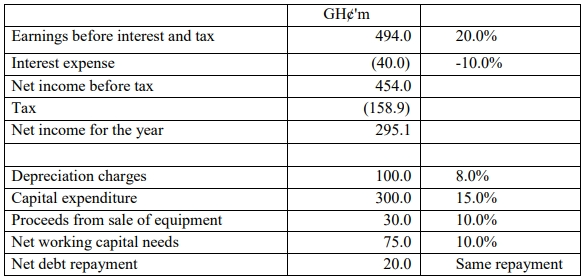- 20 Marks
FM – Nov 2021 – L3 – Q4 – Corporate Governance and Financial Strategy
Assess LL's corporate objectives, the finance director's view, and treasury strategies within a low-interest economic environment.
Question
Leye Limited (LL) is a privately-owned toy manufacturer in Nigeria, operating internationally as both a supplier and a customer. While privately owned, LL’s revenue and asset base are comparable to some publicly listed companies. It has numerous shareholders but has no plans for public listing. Major shareholders have expressed an interest in buying out smaller investors.
LL has a strong history of profitability, which satisfies both directors and shareholders. They avoid strategies that increase risk significantly, such as acquisitions or overseas manufacturing setups, accepting a comparatively lower growth rate than competitors.
The company’s capital structure is composed of 70% equity and 30% debt (based on book values), with debt comprising secured and unsecured bonds carrying interest rates between 7% and 8.5%, maturing in 5 to 10 years. In a low-inflation and potentially declining interest rate environment, the company treasurer is exploring refinancing options.
LL’s primary financial objective is annual dividend growth, with a non-financial objective of treating all stakeholders with fairness and equality. The Board is currently reassessing these objectives. While the new Finance Director advocates for shareholder wealth maximization as the sole objective, other directors favor a balanced approach, including goals such as profit after tax, return on investment, and operational performance improvements.
Required:
a. Evaluate the appropriateness of LL’s current objectives and the Finance Director’s suggestion. Discuss the issues the Board should consider in setting new corporate objectives, concluding with a recommendation. (10 Marks)
b. Discuss factors the treasury department should consider when formulating financing or refinancing strategies in the given economic context. Explain how these factors might influence the determination of corporate objectives. (10 Marks)
Find Related Questions by Tags, levels, etc.


